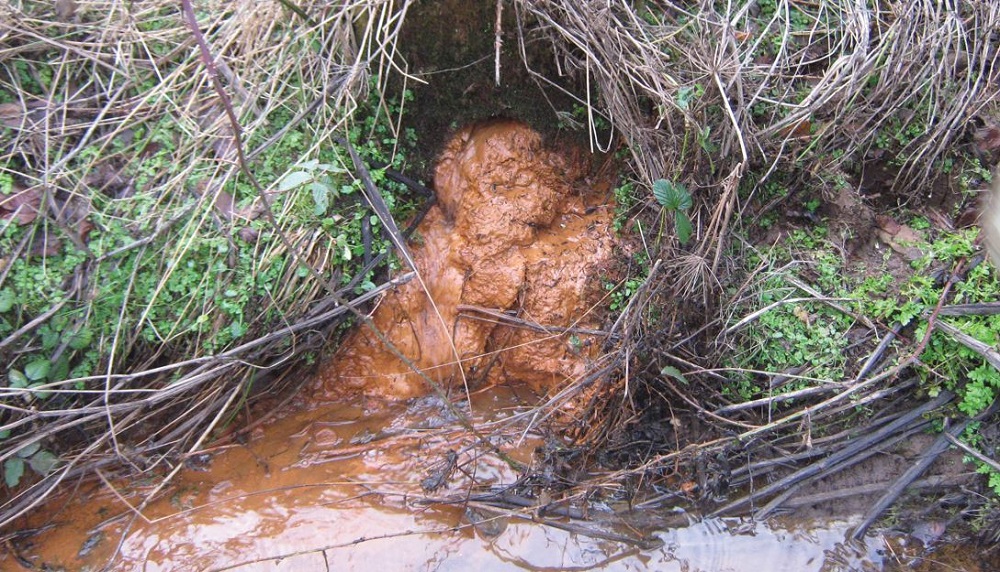- Home
- Knowledge library
- Field drainage: Maintenance and repairs
Field drainage: Maintenance and repairs
If ditches, outfalls and pipes are not kept clear, the field drainage system will not function effectively and may require more expensive maintenance or premature renewal.
Outfall and ditch maintenance
Cleaning outfalls and ditches is a simple way to improve drainage systems.
Blocked outfalls can cause the whole drainage system to fail (particularly in flat areas), resulting in poor drainage, pipe siltation and, potentially, blow holes. However, they can often be cleared quickly with a spade.
Ditches are best cleared in autumn to minimise soil and crop damage.
A ditch will function if it has stable banks, the overall gradient is consistent (so it does not reduce drainage efficiency) and it is deep enough to allow drainage outfalls to discharge.
Fencing off ditches and watercourses from livestock can prevent bank damage and erosion. It can also protect water from sediment and microorganisms in livestock manures.
Pipe maintenance
Blockage by tree or hedge roots
If a blockage occurs, it may be possible to dig up the pipe on one or both sides of the blockage and use rods to clear the roots. The section of pipe will often need to be replaced with a sealed pipe.
Take care to avoid unnecessary damage to tree roots or disturbing archaeological remains.
Pipe siltation
If drain outfalls are left submerged or blocked for a long period of time, siltation of the pipes may occur. This can be difficult or impossible to remedy. Siltation most commonly occurs on fine sandy and fine silty soils.
If siltation is not too severe, it may be possible to rod the drains clear or to employ a contractor with specialist drain jetting equipment.
Where pipe siltation is a naturally occurring problem, a drainage system with separate outfall pipes for each drain is best. This allows easier access for cleaning operations.
Ochre deposits
‘Ochre’ describes insoluble deposits that accumulate in drains.
It can occur when soluble iron is oxidised or by bacteria that secrete iron.
Iron-rich soils are more prone to ochre and there is little that can be done to prevent its formation.
In extreme cases, it can cause a drainage scheme to fail completely. In these cases, re-drainage is only worthwhile if future ochre development is unlikely.
Regular rodding or jetting may help remove ochre. However, methods that attempt to prevent the ochre build-up can be specialist, intensive and often not very successful.
Where there is an ochre problem, systems with separate outfall pipes for each drain are best, as they allow easier access for clearance operations.
Drainage outfall blocked by ochre
 ADAS
ADAS
Replacing field drains
When replacing a field drain, the same diameter drain should be used as the drain being replaced.
If the drain is a carrier drain or culvert, an increased pipe diameter would reduce the risk of blockage or excess flows collapsing the pipe in the future. However, take care to avoid increasing flood risk downstream. If in doubt, seek expert advice.
Topics:
Sectors:
Tags:

